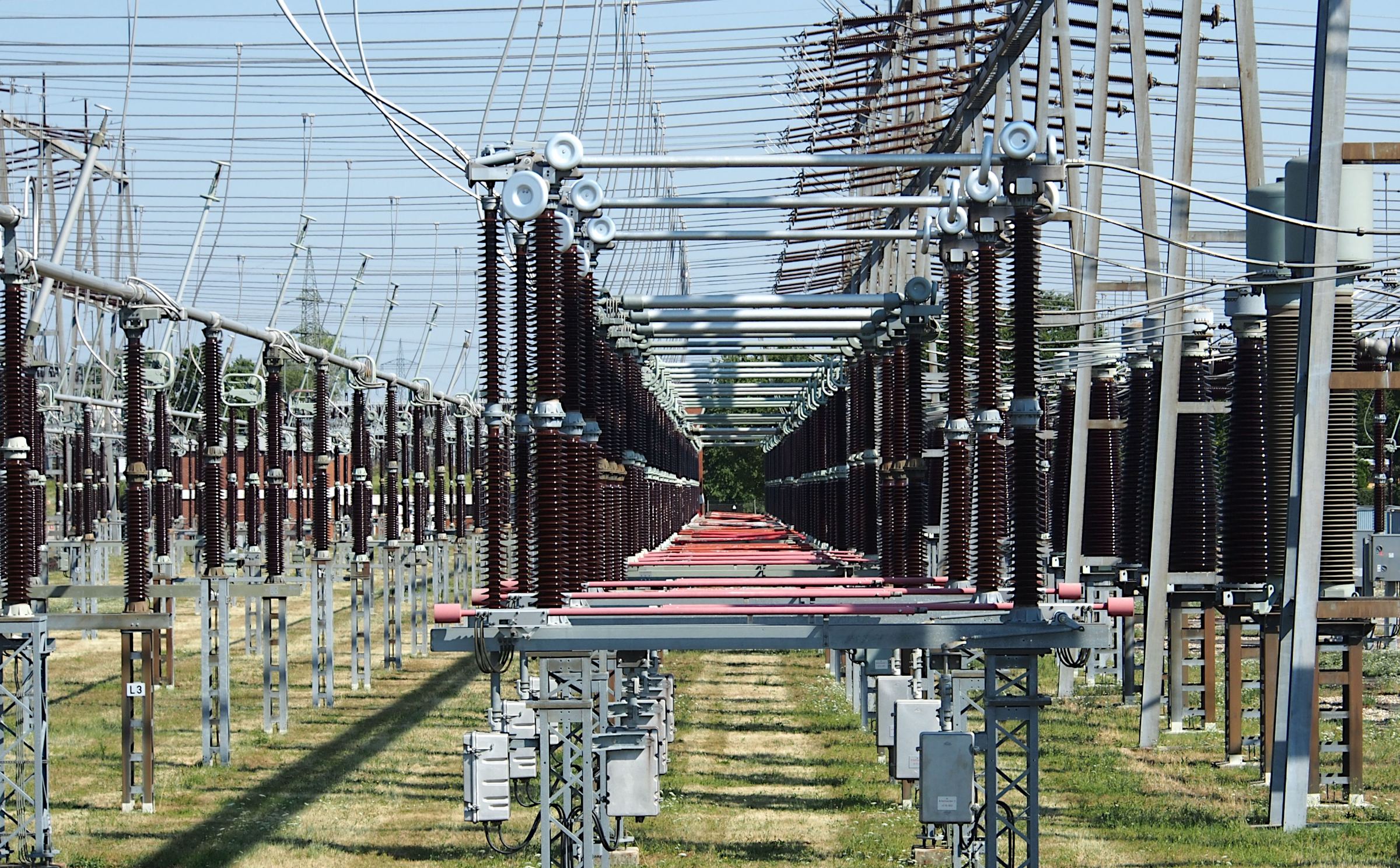Geological Setting and Sub Surface Interpretation of Tulanj Area Kohat
Abstract
Kohat Foreland and Fold-Thrust belt lies on the Southern fringes of Himalayan orogenic belt and is a product of ongoing collision of Indian and Eurasian plates. The structural geology of the Kohat Plateau is a series of north-dipping, low angle imbricate thrust faults underneath a blind roof thrust. The surface structural geology is dominated by east-west trending anticlines having both limbs overturned and steep down plunged ends. The anticlines are separated by broad synclinal valleys in which the Neogene fluvial foreland basin deposit crops out. These anticlines are formed as detachment folds and pressure ridges above complex, positive flower structures that represent north to south shortening. The study area lies adjacent to Kohat-Fatah Jang road in a village named Tolanj. The main objective of the study is to conduct detail structural mapping and structural analysis (fracture analysis of kohat formation) of the selected area in the Northern Kohat Plateau which revealed two phases of deformation. First i.e North- South compressional deformation results in East West trending Folds and Faults. Second i.e. gravity collapse of the elevated rocks occurs. The exposed stratigraphy in the study area mainly composed of Panoba shale, Sheikhan, kuldana, Kohat, Murree and kamlial formations ranging in age from Eocene – Miocene. The Northern Kohat Fold and Thrust belt is dominantly controlled by East West trending Anticlinal and Synclinal Folds, Thrust Faults and large scale over Thrust sheets. Structures which are present in the study area, Shindand Anticline, Tolanj anticline, ToghBala Anticline, Gandiali Overturned Anticline, Tolanj Syncline, Tolanj Fault and Gandiali Fault. Two traverses are done which are traverse A-A’ includes ToghBala Anticline. The section passes through the following formations Murree, Kuldana, Kohat and Alluviums and traverse B-B’ contains Gandiali overturned Anticline, Tolanj Anticline, TolanjSyncline and Tolanj fault. This cross section passes through the Murree, Kuldana, Kohat, Panoba and Alluvium. GPR was used for determine the near surface geophysical method for investigation of the subsurface fracture analysis. The 400 MHz antennas was used at the top of Kohat formation, over 390 meter traverse was done and got the 5 feet depth data in which observed the three layers, 1st layer of soil 2nd of clay and third of bed rock limestone and observed the disturbance and fractures with in the Kohat limestone.















